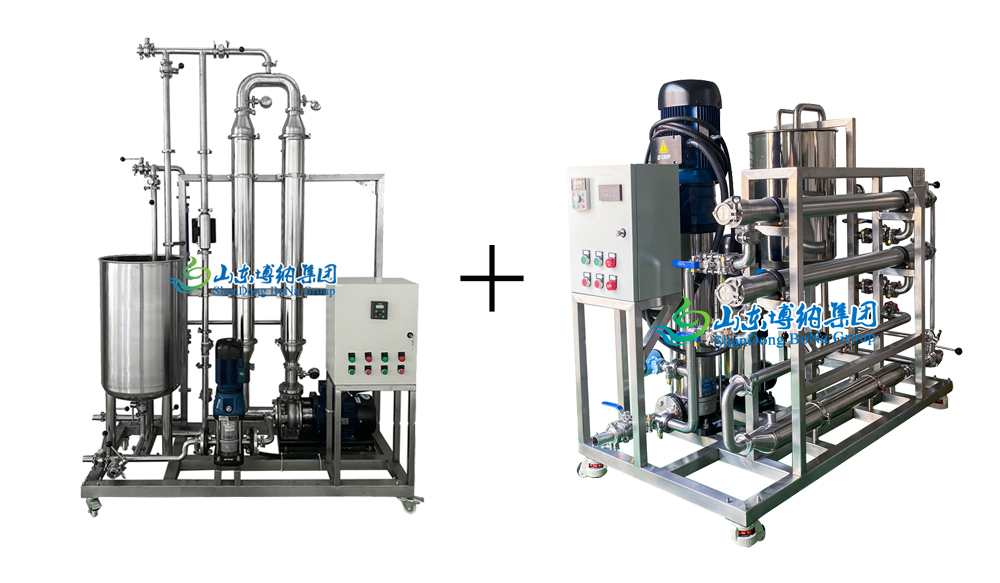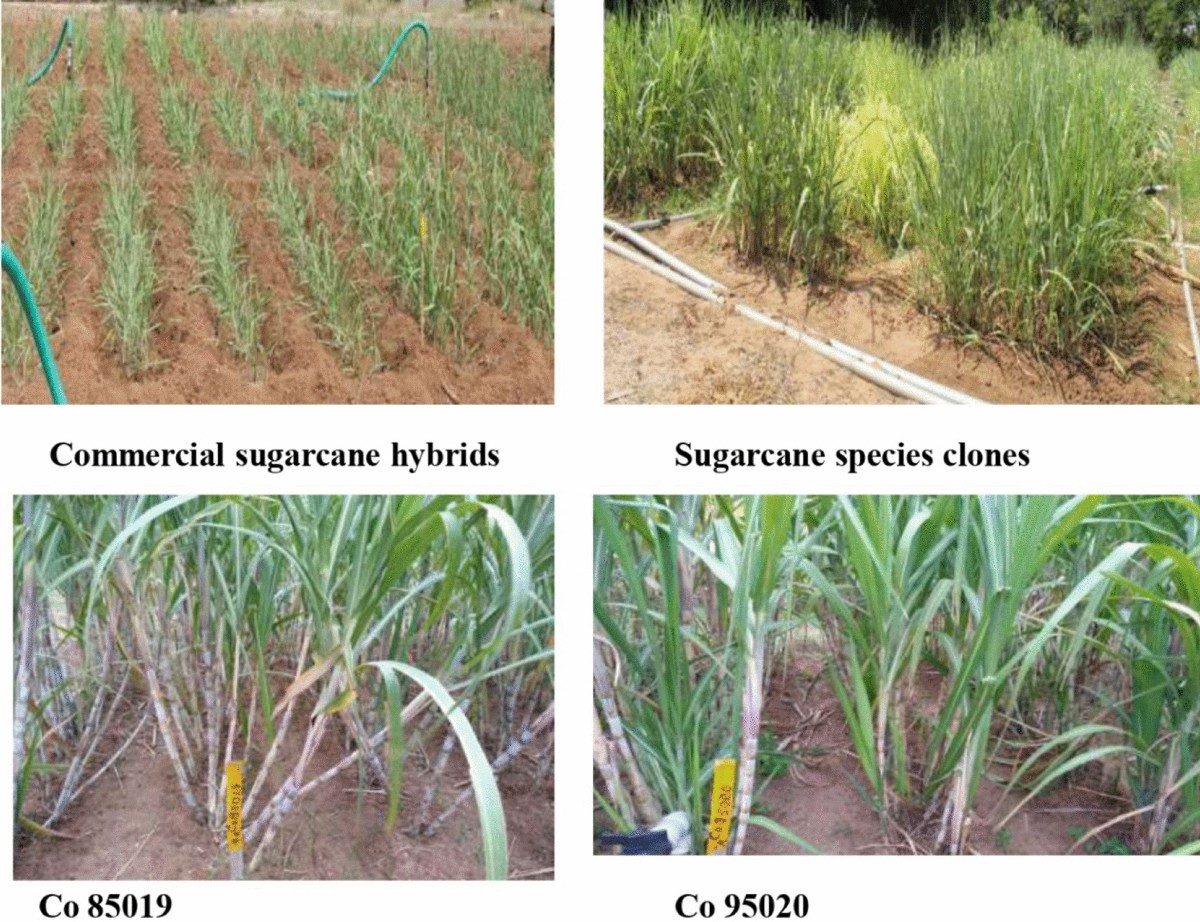Why Brands Are Investing in Products From Sugarcane for Sustainability
Why Brands Are Investing in Products From Sugarcane for Sustainability
Blog Article
Discover the Cutting-edge Advantages of Products From Sugarcane for Sustainable Living
Sugarcane has emerged as a crucial resource in the quest for lasting living. Its varied applications extend biodegradable packaging, renewable resource, and much healthier food options. As markets look for environmentally friendly choices, sugarcane's convenience supplies promising options. Nevertheless, real possibility of sugarcane expands past its present usages. Exploring its cutting-edge benefits can expose new pathways towards a more lasting future. What various other opportunities might this exceptional plant hold?

The Rise of Sugarcane as a Sustainable Source
As global awareness of ecological problems grows, sugarcane has actually become a popular sustainable resource. This versatile crop offers a variety of benefits that add to eco-friendly techniques. Sugarcane is a renewable energy, with the ability of flourishing in diverse environments while absorbing co2, therefore mitigating greenhouse gas emissions. Its rapid growth cycle permits regular harvesting, leading to a continual supply of raw material.Additionally, sugarcane cultivation commonly requires much less water contrasted to other plants, making it an effective alternative in water-scarce areas. The spin-offs of sugarcane, such as bagasse and molasses, can be repurposed for different applications, lowering waste and promoting circular economy principles. Innovations in agricultural techniques have led to even more sustainable farming techniques, further boosting sugarcane's ecological account. As customers significantly seek sustainable alternatives, sugarcane stands apart as a practical option for those committed to lowering their ecological footprint.
Naturally Degradable Product Packaging Solutions
Just how can eco-friendly packaging remedies change the way consumers come close to sustainability? By utilizing sugarcane-based products, these ingenious options offer an engaging alternative to traditional plastics. Eco-friendly packaging made from sugarcane disintegrates normally, considerably minimizing landfill waste and greenhouse gas exhausts. As consumers end up being increasingly knowledgeable about their environmental effect, the need for sustainable packaging remains to rise.These sugarcane-derived products not just offer sensible objectives but likewise straighten with eco-conscious consumer values. They give a concrete means for services and people to add to a round economic climate, advertising resource efficiency and decreasing ecological footprints. In addition, as sectors adopt naturally degradable choices, they foster a society of sustainability that resonates with an expanding demographic seeking liable choices.In significance, naturally degradable packaging solutions from sugarcane represent an essential progression in lasting techniques, empowering customers to make eco-friendly decisions without giving up ease or high quality.
Renewable Resource Generation From Sugarcane
A significant portion of sustainable power generation can be stemmed from sugarcane, showcasing its flexibility beyond traditional farming usages. Sugarcane biomass, consisting of bagasse and leaves, is a potent source for bioenergy manufacturing. This biomass can be converted into biofuels such as ethanol, which works as a cleaner option to nonrenewable fuel sources. Furthermore, the combustion of sugarcane results creates vapor and power, giving a power resource for sugar mills and neighboring communities.The farming of sugarcane also adds to carbon sequestration, as the plants soak up carbon dioxide during their development cycle. By utilizing sugarcane for energy, waste is lessened, and sustainable practices are motivated. This renewable resource method not just sustains energy needs yet additionally promotes country growth, producing jobs in bioenergy markets. Generally, sugarcane sticks out as a principal in the change to lasting power services, lining up with worldwide initiatives to reduce carbon footprints.

Eco-Friendly Textiles and Fabrics
Environmentally friendly textiles and materials stemmed from sugarcane provide an appealing alternative to conventional materials. These eco-friendly options not just lower ecological impact but likewise offer sturdiness and performance comparable to traditional textiles. Sustainable manufacturing procedures better improve their appeal, making them an essential part of a lasting way of life.
Eco-friendly Textile Choices
Why is the change towards naturally degradable material choices important for sustainable living? The increasing recognition of environmental destruction has actually triggered a search for alternatives to traditional textiles, which commonly add to air pollution and waste. Eco-friendly textiles, originated from renewable energies such as sugarcane, offer an encouraging service. These materials decay naturally, reducing landfill buildup and decreasing ecological influence. In addition, they can help reduced carbon impacts and dependence on nonrenewable fuel sources. As customers become much more eco-conscious, the demand for sustainable fabrics grows, motivating manufacturers to introduce and invest in eco-friendly alternatives. This change not just sustains lasting practices however additionally cultivates a circular economic situation, leading the means for a much more responsible method to fashion and textile manufacturing.
Durability and Performance
Resilience and performance are essential factors when assessing eco-friendly fabrics and materials. Sugarcane-derived materials show outstanding stamina and strength, making them suitable for different applications. These fabrics usually show premium moisture-wicking buildings, which improve convenience in everyday wear. In addition, their all-natural fibers contribute to breathability, guaranteeing that garments remain wearable and fresh also popular problems. The efficiency of sugarcane-based materials includes their resistance to tear and wear, allowing items to preserve their honesty in time. Additionally, these environmentally friendly fabrics can be treated to enhance UV defense and tarnish resistance, satisfying the sensible needs of customers without jeopardizing sustainability. Inevitably, sugarcane materials use a harmonious equilibrium of longevity and efficiency, appealing to environmentally conscious people.
Lasting Manufacturing Procedures
The impressive durability and efficiency of sugarcane-derived textiles are matched by lasting production procedures that prioritize environmental responsibility. These processes use renewable energies, minimizing dependence on nonrenewable fuel sources and minimizing carbon impacts. By utilizing the by-products of sugarcane growing, producers can develop green textiles while promoting waste decrease. Advanced methods, such as water-efficient dyeing and eco-friendly therapies, additionally enhance the sustainability of these fabrics. Additionally, the usage of non-toxic chemicals guarantees that the production process does not hurt ecosystems or human health and wellness. This dedication to sustainability not just attract ecologically mindful consumers but additionally sustains regional economic climates by promoting lasting farming practices. In general, sugarcane-derived fabrics represent a substantial step towards a greener future in the fashion business.
Sugarcane-Based Biofuels and Their Influence

Sugarcane-based biofuels have become a substantial different power source, using an eco-friendly remedy to the world's expanding power demands. These biofuels, stemmed from the fermentation of sugarcane juice or molasses, provide an even more lasting option contrasted to fossil fuels. Their manufacturing procedure creates lower greenhouse gas discharges, adding to environment change mitigation efforts.Additionally, sugarcane biofuels can enhance power safety by diversifying power resources and reducing reliance on imported oil. The farming of sugarcane additionally promotes country growth, creating tasks and stimulating neighborhood economies.However, worries relating to land usage and food competitors continue, as increased biofuel production may influence food supply chains. Sustainable farming methods are necessary to stabilizing these ensuring and completing rate of interests that biofuel manufacturing does not threaten food safety. In general, sugarcane-based biofuels stand for an appealing avenue for a greener power future, supplied that their social and ecological implications are carefully managed.
Healthier Alternatives: Sugarcane in Food Products
While lots of consumers seek healthier alternatives in their diet regimens, sugarcane items supply a nourishing alternative to fine-tuned sugars and artificial sugar. Originated from the natural extraction of sugarcane juice, these products maintain vital nutrients, consisting of minerals and vitamins, that are typically lost in refined sugars. Sugarcane consists of antioxidants and nutritional fiber, adding to general wellness and wellness.Many health-conscious individuals are turning to sugarcane syrup and jaggery, which offer a reduced glycemic index contrasted to standard sugars, making them ideal for those managing blood sugar levels. In addition, sugarcane-derived sweeteners can boost the taste of different dishes without the damaging effects linked with artificial additives.This shift towards all-natural artificial sweetener not just advertises better dietary choices however likewise lines up with lasting living practices, as sugarcane is a renewable energy. Sugarcane items are arising as favorable choices in the domain of food products.
The Future of Sugarcane in Lasting Innovations
The future of sugarcane is poised to include ingenious applications that extend past conventional usages. Its prospective as a source for naturally degradable packaging remedies and sustainable power resources highlights its function in sustainable methods. Exploring these improvements can considerably impact ecological preservation and resource management.
Biodegradable Packaging Solutions
An enhancing variety of business are transforming to biodegradable product packaging options stemmed from sugarcane as an appealing alternative to standard plastics. These ingenious products, commonly read more made from sugarcane fibers and bioplastics, disintegrate naturally, lowering the long-lasting ecological impact connected with traditional plastic waste. By utilizing renewable energies, sugarcane-based packaging adds to a more lasting production cycle, aligning with global efforts to deal with air pollution and environment modification. Furthermore, these options typically keep the resilience and capability needed for official source various applications, from food containers to shipping materials. As customer need for environment-friendly alternatives grows, companies taking on sugarcane product packaging not only enhance their brand name picture but likewise play an essential function in fostering a circular economic climate, leading the method for a greener future.
Renewable Power Sources
Eco-friendly product packaging solutions are simply one facet of the broader capacity of sugarcane in promoting sustainability. An additional significant application lies in sustainable energy resources. Sugarcane is a versatile crop that can be used to create biofuels, such as ethanol, which offers as a cleaner alternative to fossil fuels. The fermentation process of sugarcane juice yields ethanol that can power vehicles and create power. Furthermore, the by-products of sugarcane processing, like bagasse, can be used to create biomass energy, offering a reliable and lasting approach to harness power. This twin role as both a resource of biofuel and biomass emphasizes sugarcane's potential in reducing carbon emissions and sustaining a change to an extra sustainable power landscape in the future.
Regularly Asked Questions
How Is Sugarcane Collected Sustainably?
Sugarcane harvesting can be lasting with strategies like manual cutting, which minimizes soil interruption, and utilizing equipment that minimizes fuel consumption (Products From Sugarcane). Crop turning and integrated parasite administration further enhance environmental wellness and promote long-term soil fertility
What Are the Environmental Impacts of Sugarcane Farming?

Can Sugarcane Products Be Reused?
The inquiry of whether sugarcane products can be reused exposes a favorable expectation. Lots of sugarcane-derived products, such as bioplastics and product packaging, are developed for recyclability, contributing to an extra sustainable waste monitoring method within ecological considerations.
Exist Any Disadvantages to Utilizing Sugarcane-Based Products?
The drawbacks of using sugarcane-based items consist of possible land usage competitors with check out here food crops, challenges in massive manufacturing, and issues concerning the ecological effect of monoculture farming practices, which can lessen biodiversity and soil health and wellness.
Exactly How Does Sugarcane Growing Affect Citizen Communities?
Sugarcane cultivation impacts local communities by providing job opportunity and increasing regional economic climates. It can likewise lead to land conflicts and ecological issues, affecting farming practices and area health, requiring a balanced method to development. Developments in agricultural techniques have actually led to more sustainable farming methods, better boosting sugarcane's ecological profile. Furthermore, the combustion of sugarcane byproducts generates vapor and power, offering an energy resource for sugar mills and nearby communities.The growing of sugarcane additionally adds to carbon sequestration, as the plants take in carbon dioxide throughout their development cycle. By using sugarcane for power, waste is decreased, and sustainable methods are motivated - Products From Sugarcane. Sugarcane contains antioxidants and dietary fiber, adding to total wellness and wellness.Many health-conscious individuals are transforming to sugarcane syrup and jaggery, which supply a lower glycemic index contrasted to conventional sugars, making them ideal for those handling blood sugar levels. Furthermore, the byproducts of sugarcane processing, like bagasse, can be utilized to generate biomass energy, supplying a reliable and sustainable approach to harness power
Report this page